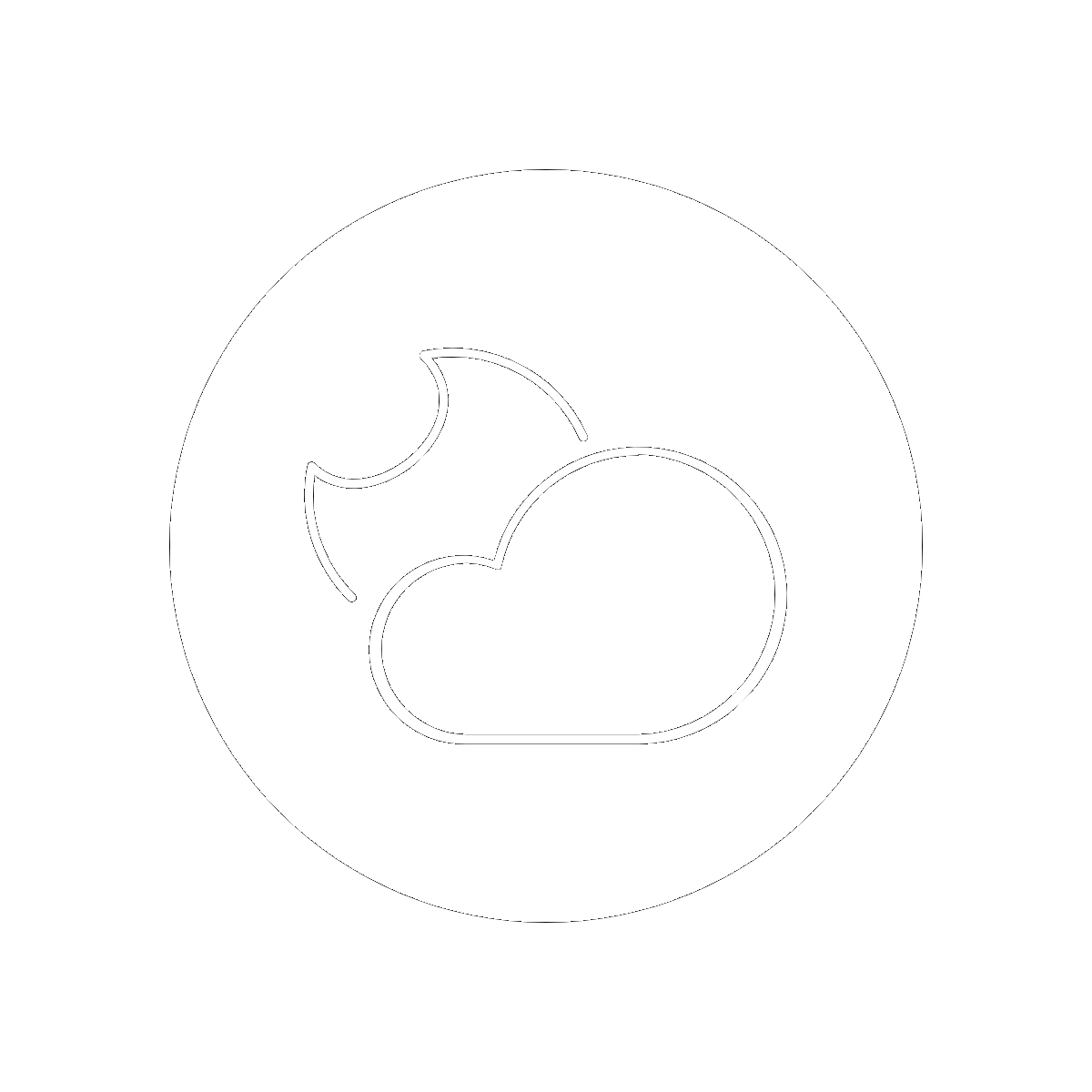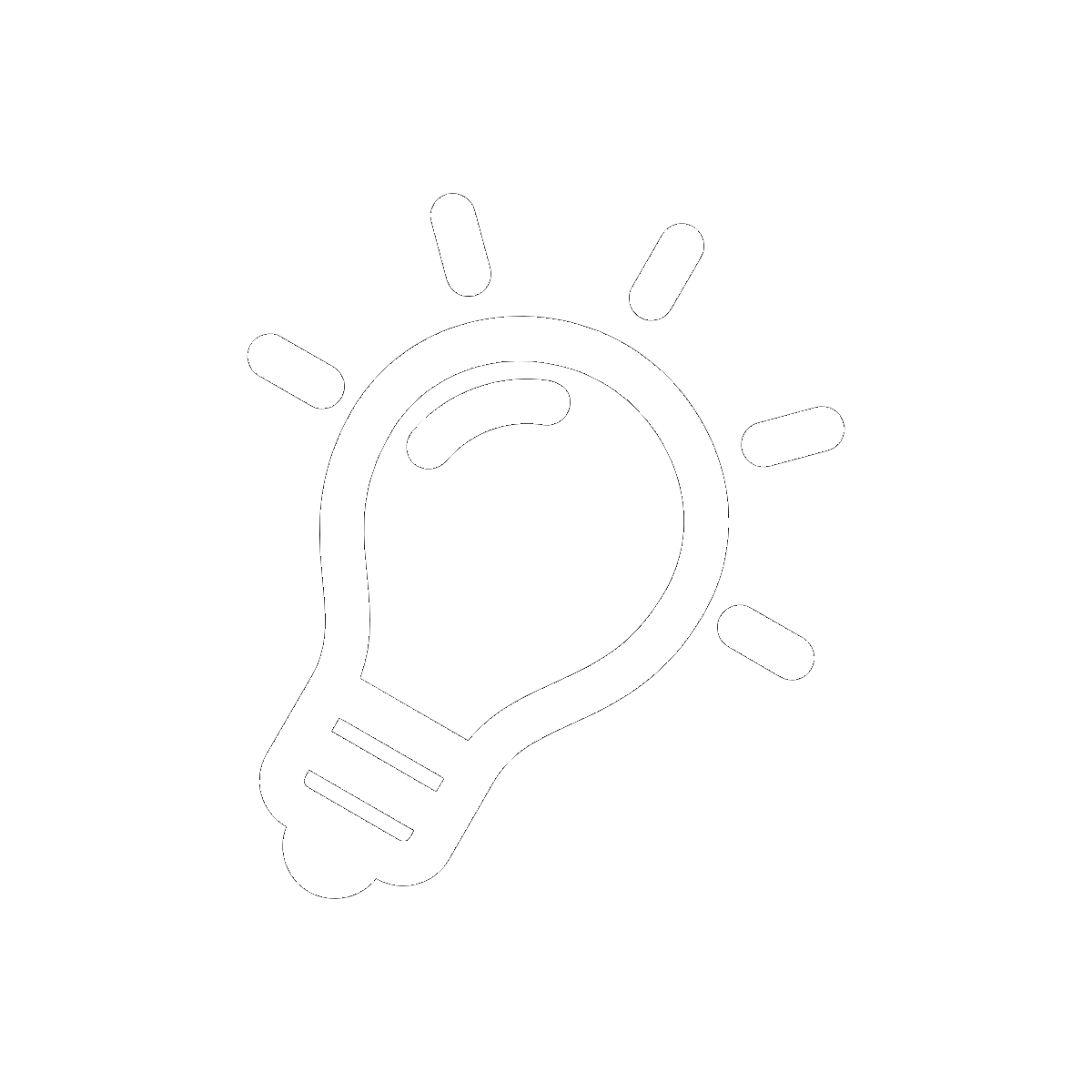Upgrade to LitCharts A+

Instant downloads of all 1888 LitChart PDFs(including Acquainted with the Night).

LitCharts Teacher Editions. Teach your students to analyze literature like LitCharts does.

Detailed explanations, analysis, and citation info for every important quote on LitCharts.

The original text plus a side-by-side modern translation of every Shakespeare play.
Already have an account?Sign in
- Summary
- Themes
- Line-by-Line Explanation & Analysis
- Symbols
- Poetic Devices
- Vocabulary & References
- Form, Meter, & Rhyme Scheme
- Speaker
- Setting
- Context
- Resources
- Summary
- Themes
- Line-by-Line
Explanations - Symbols
- Poetic Devices
- Vocabulary &
References - Form, Meter, &
Rhyme Scheme - Speaker
- Setting
- Context
- Resources
 Downloadthis entire guide to “Acquainted with the Night” as a printable PDF.Downloadthis LitChart! (PDF)
Downloadthis entire guide to “Acquainted with the Night” as a printable PDF.Downloadthis LitChart! (PDF)
Question about this poem?
Have a question about this poem?
Have a specific question about this poem?
Have a specific question about this poem?
Have a specific question about this poem?
A LitCharts expert can help.
A LitCharts expert can help.
A LitCharts expert can help.
A LitCharts expert can help.
A LitCharts expert can help.
Ask us
Ask us
Ask a question
Ask a question
Ask a question
The Pulitzer Prize-winning poet Robert Frost first published "Acquainted with the Night" in 1927. One of Frost's most celebrated poems, "Acquainted with the Night" is an exploration of isolation, sorrow, and despair—emotions that, to the poem's speaker, feel as inescapable as the night itself. These emotions, Frost suggests, are a universal part of the human experience. The 14-line poem is a terza rima sonnet, consisting of four tercets and a final rhyming couplet. The second line of each tercet provides the rhyme sound for the first and third lines of the following stanza (aba, bcb, cdc, and so on).
Get
Get LitCharts |  |
The Full Text of “Acquainted with the Night”
The Full Text of “Acquainted with the Night”
“Acquainted with the Night” Summary
“Acquainted with the Night” Themes
Isolation, Sorrow, and Despair
Where this theme appears in the poem:
- Lines 1-14
Line-by-Line Explanation & Analysis of “Acquainted with the Night”
Lines 1-2
I have been ...
... back in rain.Lines 3-4
I have outwalked ...
... saddest city lane.Lines 5-6
I have passed ...
... unwilling to explain.Lines 7-8
I have stood ...
... an interrupted cryLines 9-10
Came over houses ...
... or say good-bye;Lines 11-12
And further still ...
... against the skyLines 13-14
Proclaimed the time ...
... with the night.
“Acquainted with the Night” Symbols
Darkness
Where this symbol appears in the poem:
- Line 1: “I have been one acquainted with the night.”
- Line 3: “I have outwalked the furthest city light.”
- Line 14: “I have been one acquainted with the night.”
Light
Where this symbol appears in the poem:
- Line 3: “I have outwalked the furthest city light.”
- Line 11: “And further still at an unearthly height,”
- Line 12: “One luminary clock against the sky”
Rain
Where this symbol appears in the poem:
- Line 2: “I have walked out in rain—and back in rain.”
Clock
Where this symbol appears in the poem:
- Lines 11-13: “And further still at an unearthly height, / One luminary clock against the sky / Proclaimed the time was neither wrong nor right.”
“Acquainted with the Night” Poetic Devices & Figurative Language
Personification
Where personification appears in the poem:
- Line 1: “I have been one acquainted with the night.”
- Line 4: “I have looked down the saddest city lane.”
- Lines 12-13: “One luminary clock against the sky / Proclaimed the time was neither wrong nor right.”
- Line 14: “I have been one acquainted with the night.”
Imagery
Where imagery appears in the poem:
- Line 1: “I have been one acquainted with the night.”
- Line 2: “I have walked out in rain—and back in rain.”
- Line 3: “I have outwalked the furthest city light.”
- Line 11: “And further still at an unearthly height,”
- Line 12: “One luminary clock against the sky”
- Line 13: “Proclaimed the time was neither wrong nor right.”
- Line 14: “I have been one acquainted with the night.”
Repetition
Where repetition appears in the poem:
- Line 1: “I have been one acquainted with the night.”
- Line 2: “I have,” “in rain,” “in rain”
- Line 3: “I have”
- Line 4: “I have”
- Line 5: “I have”
- Line 7: “I have”
- Line 14: “I have been one acquainted with the night.”
Caesura
Where caesura appears in the poem:
- Line 2: “rain—and”
- Line 6: “eyes, unwilling”
Enjambment
Where enjambment appears in the poem:
- Lines 5-6: “beat / And”
- Lines 7-8: “feet / When”
- Lines 8-9: “cry / Came”
- Lines 12-13: “sky / Proclaimed”
Alliteration
Where alliteration appears in the poem:
- Line 4: “looked,” “saddest,” “city,” “lane”
- Line 5: “watchman”
- Line 6: “unwilling”
- Line 7: “stood still,” “stopped,” “sound”
- Line 8: “cry”
- Line 9: “Came,” “street”
- Line 10: “But,” “back,” “bye”
- Line 12: “luminary,” “clock,” “sky”
- Line 13: “wrong,” “right”
Consonance
Where consonance appears in the poem:
- Line 1: “been one acquainted,” “with,” “night”
- Line 2: “walked”
- Line 3: “outwalked,” “furthest city light”
- Line 4: “looked,” “down,” “saddest city lane”
- Line 7: “stood still,” “stopped,” “sound,” “feet”
- Line 8: “When far away”
- Lines 8-9: “cry / Came”
- Line 9: “street”
- Line 10: “But,” “call,” “back,” “bye”
- Line 12: “luminary clock,” “against,” “sky”
- Line 13: “neither wrong nor right”
Assonance
Where assonance appears in the poem:
- Line 2: “have,” “rain,” “back,” “rain”
- Line 4: “have,” “saddest”
- Line 5: “have passed”
- Line 7: “stopped,” “of”
- Line 11: “further,” “unearthly”
- Line 12: “sky”
- Line 13: “time,” “neither,” “right”
- Line 14: “I,” “night”
Synecdoche
Where synecdoche appears in the poem:
- Line 7: “feet”
- Line 8: “cry”
Metaphor
Where metaphor appears in the poem:
- Lines 11-13: “And further still at an unearthly height, / One luminary clock against the sky / Proclaimed the time was neither wrong nor right.”
“Acquainted with the Night” Vocabulary
Select any word below to get its definition in the context of the poem. The words are listed in the order in which they appear in the poem.
- Acquainted
- Watchman
- Beat
- Unearthly
- Luminary
- Proclaimed
(Location in poem: Line 1: “acquainted”; Line 14: “acquainted”)
Form, Meter, & Rhyme Scheme of “Acquainted with the Night”
Form
Meter
Rhyme Scheme
“Acquainted with the Night” Speaker
“Acquainted with the Night” Setting
Literary and Historical Context of “Acquainted with the Night”
More “Acquainted with the Night” Resources
External Resources
"Acquainted with the Night" Read Aloud— Listen to author Robert Frost read his entire poem.
"Acquainted with the Night" Music Video— Listen to and watch an original music video adaptation of the poem.
"Acquainted with the Night" Musical Adaptation— Listen to a musical adaptation of the poem.
"Acquainted with the Night" Art Exhibit— Read about artist Howard Hodgkin's exhibit titled "Acquainted with the Night" and learn about Frost's influence on a contemporary artist.
Acquainted With the Night: How Whistler’s Nocturnes Changed America— Read about the connection between James Abbott McNeill Whistler's paintings and "Acquainted with the Night."
LitCharts on Other Poems by Robert Frost
Acquainted with the Night
Full Text
Lines 3-4
It gathers to a greatness, like the ooze of oil Crushed
Everything you need
for every book you read.
"Sooo much more helpful thanSparkNotes. The way the content is organized
and presented is seamlessly smooth, innovative, and comprehensive."
Everything you need for every book you read.
Everything you need for every book you read.
Copyright © 2024 All Rights Reserved

Save time. Stress less.
 PDF downloads of all 1888 LitCharts literature guides, and of every new one we publish.
PDF downloads of all 1888 LitCharts literature guides, and of every new one we publish. Detailed quotes explanations with page numbers for every important quote on the site.
Detailed quotes explanations with page numbers for every important quote on the site. Teacher Editions with classroom activities for all 1888 titles we cover.
Teacher Editions with classroom activities for all 1888 titles we cover. PDFs of modern translations of every Shakespeare play and poem.
PDFs of modern translations of every Shakespeare play and poem. Definitions and examples of 136 literary terms and devices. Instant PDF downloads.
Definitions and examples of 136 literary terms and devices. Instant PDF downloads. Refine any search. Find related themes, quotes, symbols, characters, and more.
Refine any search. Find related themes, quotes, symbols, characters, and more.
 PDFs of modern translations of every Shakespeare play and poem.
PDFs of modern translations of every Shakespeare play and poem. Definitions and examples of 136 literary terms and devices. Instant PDF downloads.
Definitions and examples of 136 literary terms and devices. Instant PDF downloads. Refine any search. Find related themes, quotes, symbols, characters, and more.
Refine any search. Find related themes, quotes, symbols, characters, and more.













